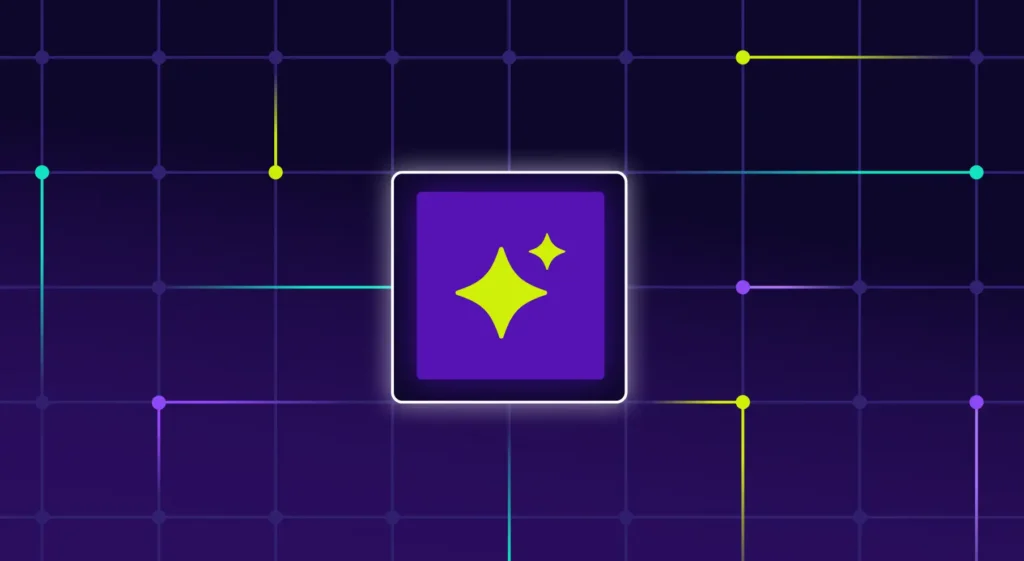The north star of engineering
Submittable is an easy-to-use social impact platform where teams come together to make better decisions and maximize their social impact. They were named Inc.’s Fastest-Growing Companies in 2021, 2019, and 2018. They received the SaaS Customer Success Award in 2021, and 2020. Simply put, they’re a small company that operates in a big way.
But this success didn’t happen overnight, and it can largely be attributed to the strategic shifts and innovative approaches taken within their engineering organization. Submittable took on the challenge to grow, adapt, and innovate through monumental change, and transform from a sales-led engineering organization to a product-led engineering company.
Jess Dulay Fmr Software Development Project Manager, SubmittableWe had a chance to have a positive global impact on the world, and that required a new way of working to reach our goals.
Submittable’s evolution from startup
Submittable saw incredible growth through its first 10 years of business, but when a global pandemic made their product even more needed while requiring teams to work in new remote and hybrid models, their product teams came together to shift their strategy and meet this demand. As Jess Dulay, former Software Development Project Manager at Submittable, described during her Illuminate Awards finalist interview:
“Before we pointed our North Star towards corporate social responsibility (CSR), COVID-19 happened. Submittable became a pillar of hope and relief for people that needed to get access to apply for grants to help their companies, their families, and the causes that they care about. We wanted to change the way we innovated. We had a chance to have a positive global impact on the world, and that required a new way of working to reach our goals,” Jess said.
In order to achieve its new vision, Submittable needed to align its engineering organization with its strategic business objectives, and optimize its engineering operations through sprint health monitoring and good Jira hygiene.
Measuring sprint health
Sprint health was a key gauge of success for Submittable’s new operational vision. Jellyfish has been able to operationalize sprint health measurements in a way that was never possible before. As part of her role, Jess provides relevant sprint and other data insights to her VP of Engineering and CTO. When looking at this sprint health data within Jellyfish, she’s usually looking at three key data points:
- Were there any issues or story points added into the sprint? If so, why? Could they have been added at the beginning?
- Were there any story points that were removed from the sprint? If so, Jess would follow up and ask what they were, and try to understand why they were removed so that we can ensure they were gathering all that we need to scope these sprints appropriately.
- Was there any incomplete work and what has been carried over from the last sprint? Are we reducing this amount over time or is the same volume of incomplete work carrying from one cadence into another?
Jess is able to monitor these three parameters within Jellyfish, and ask relevant follow-up questions to have the appropriate context to report to her VPE and CTO.
Because Submittable’s teams are all on the same sprint cadence, Jess is able to go into Jellyfish at any time and get a sense of team health across all the teams that she works with and follow up with them directly. She explained, “We strive to holistically look at challenges in a way that doesn’t shame anybody. It’s a team health check-in. For example, maybe the product team needs more time to provide guidance, and we should pause before adding work to the sprint. The point is to ask the right questions and better understand how our leadership can better enable our teams to do their best work.”
Jess Dulay Fmr Software Development Project Manager, SubmittableWith Allocation data, we can highlight how much focus is going into product and engineering roadmap work, and how that’s changing over time. Our marketing officer and CRO get excited when they see the data and visualizations.
Establishing faith in the team
As a part of their North Star vision, the Submittable team wanted to ensure that a newly formed Corporate Social Responsibility team was able to dedicate a large portion of their work effort toward the product and engineering roadmap. Dulay and the Submittable team leveraged Jellyfish Allocation data for the purpose of reporting to the CEO, CRO, and GTM teams on engineering progress toward key project milestones.
“With Allocation data, we can highlight how much focus is going into product and engineering roadmap work, and how that’s changing over time. Our marketing officer and CRO get excited when they see the data and visualizations,” Jess shared. “Ultimately, Allocation builds faith in what the R&D is developing for our leadership. Other leaders are able to better prepare their teams, when they see that the engineering team is making progress toward the next feature release. This data has been so impactful that our CTO felt comfortable taking this to the board.”
Jess Dulay Fmr Software Development Project Manager, SubmittableJellyfish has helped us identify that our Jira was not nearly as clean as we wanted it to be. But now we know with 99.9% certainty that we can jump in and see that the data within is clean and accurate.
Jira hygiene
After using Jellyfish to uncover insights such as sprint health and work allocation, the Submittable team soon realized Jellyfish could help in their efforts to clean up their Jira.
“Jellyfish has helped us identify that our Jira was not nearly as clean as we wanted it to be. But now we know with 99.9% certainty that we can jump in and see that the data within is clean and accurate,” Jess said.
Submittable lacked a Jira admin and they were not following Jira structure best practices. Their Jira was much more team-managed rather than company-managed, and there weren’t any standard rules for how fields were used. Jess took a hands-on approach to cleaning up their Jira, coaching and enforcing best practices after the initial clean-up project.
“Jira hygiene is important to us to ensure that we are making the right decisions and supporting our teams appropriately based on the data we see. It was a key focus area for the leadership team. With Jellyfish, we spent a few weeks cleaning up our Jira instance – a process that other companies might spend months on.”
Jess and the engineering leadership team are committed to ensuring they keep good Jira hygiene in the future. Now, Jess has set up automation within Jira to ensure issues are properly tagged to team and investment categories.
What’s next
Submittable has experienced impressive growth over recent years and the team is continuously working on new strategies to optimize engineering operations. What’s next for Submittable and Jellyfish? With the release of DevFinOps, the team plans to refine their R&D cost capitalization methods and derive deeper financial and operational insights in order to further drive business alignment.





